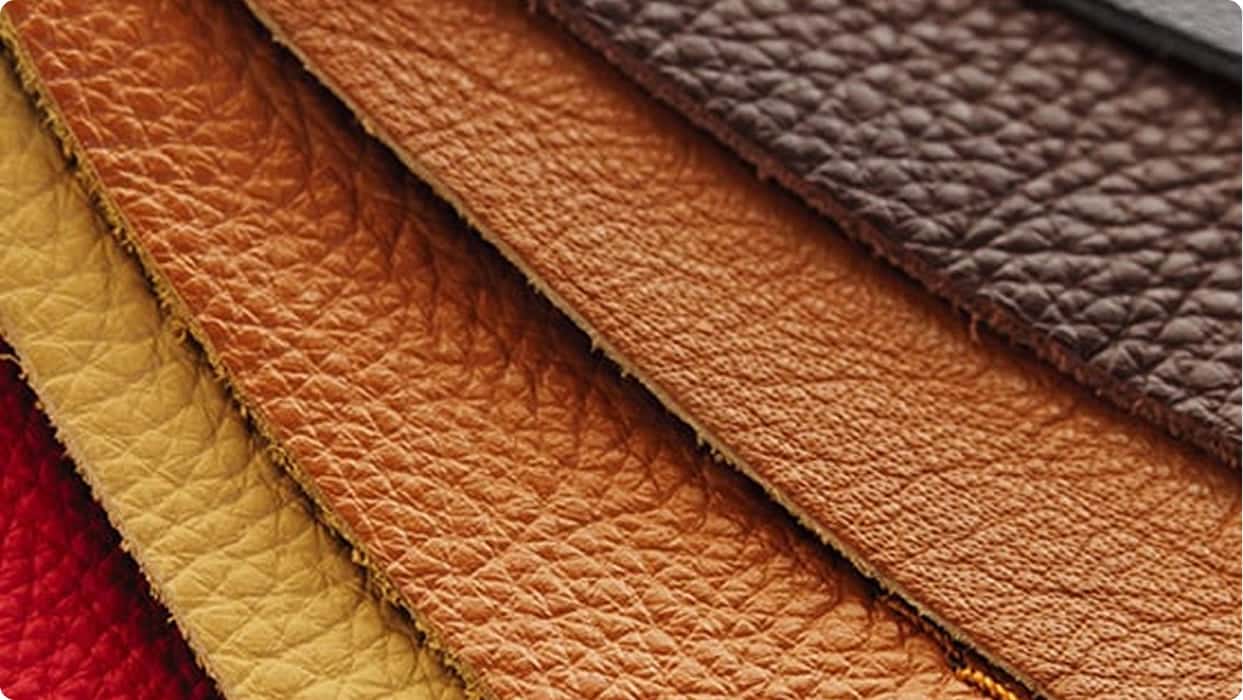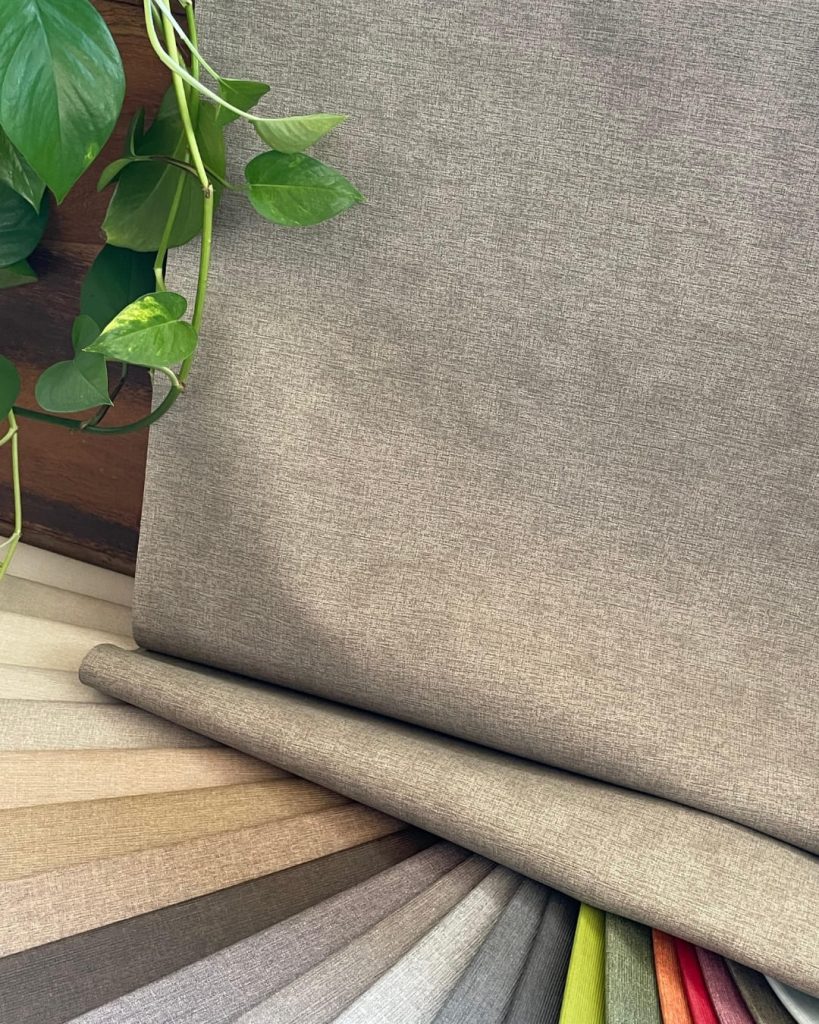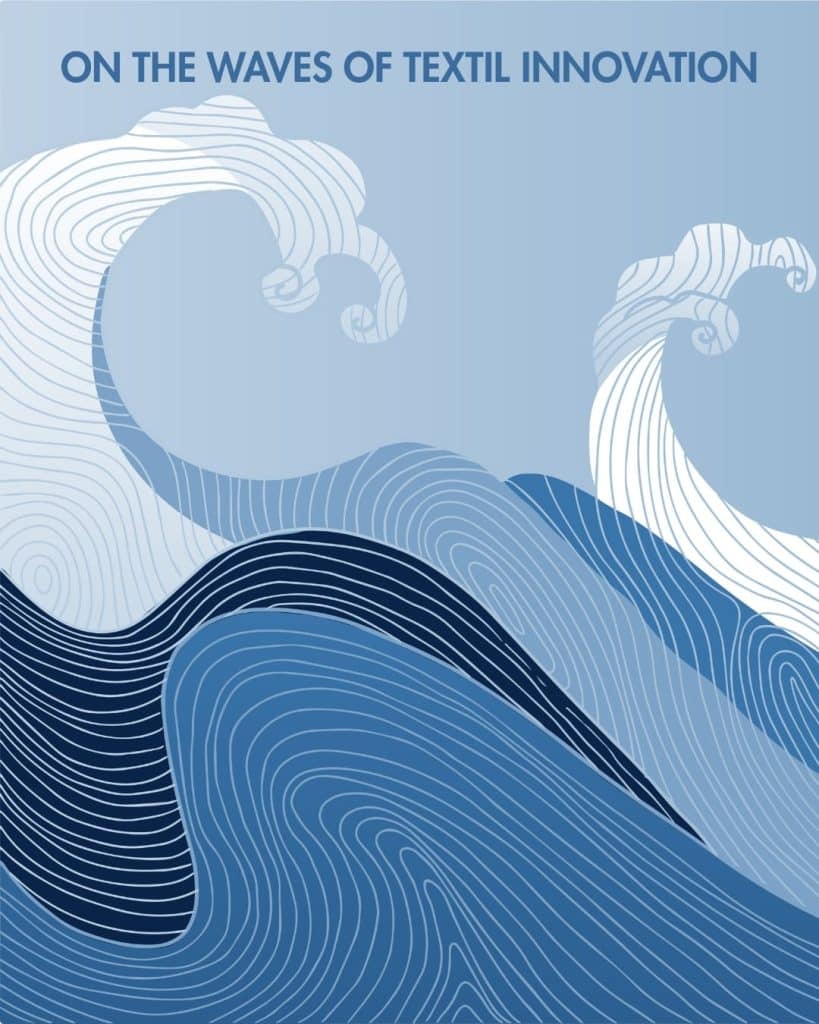En Alonso Mercader, nos dedicamos a enriquecer las creaciones de nuestros clientes. Nuestro compromiso es impulsar la innovación en el sector de la tapicería técnica, permitiendo que nuestros socios se concentren en ofrecer sus mejores productos. Garantizamos que nuestros materiales cumplen con los estándares más altos, ayudando a nuestros consumidores a alcanzar sus metas. Esta es nuestra misión: ser líderes en recubrimientos para el mercado contract.
Nuestras colecciones
Explora productos por sectores

Articulos de piel sintética por metro
Ofrecemos la cómoda posibilidad de comprar piel sintética por metros y damos la libertad de personalizar proyectos según las necesidades de nuestros clientes. Con todos los artículos de nuestro catálogo disponibles en stock, tanto en piezas como en metraje, existe acceso inmediato a una amplia variedad de colores, texturas y acabados para elegir.
Sostenibilidad
Nos esforzamos por implementar prácticas que no solo protejan el medio ambiente, sino que también inspiren a nuestros clientes a hacer lo mismo. Descubre cómo nuestras iniciativas están marcando la diferencia y cómo puedes unirte a nosotros en este viaje hacia un mundo más sostenible.


